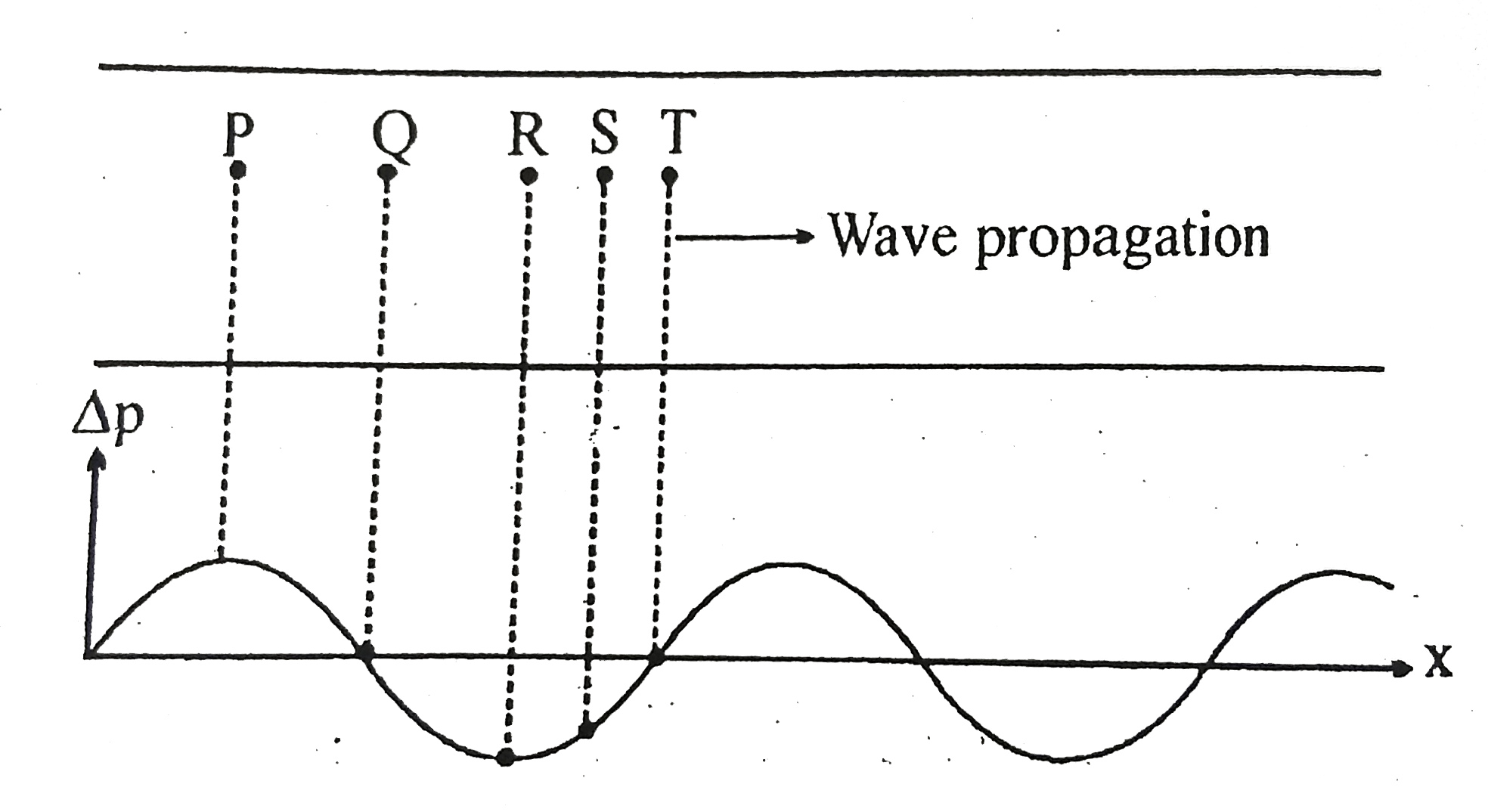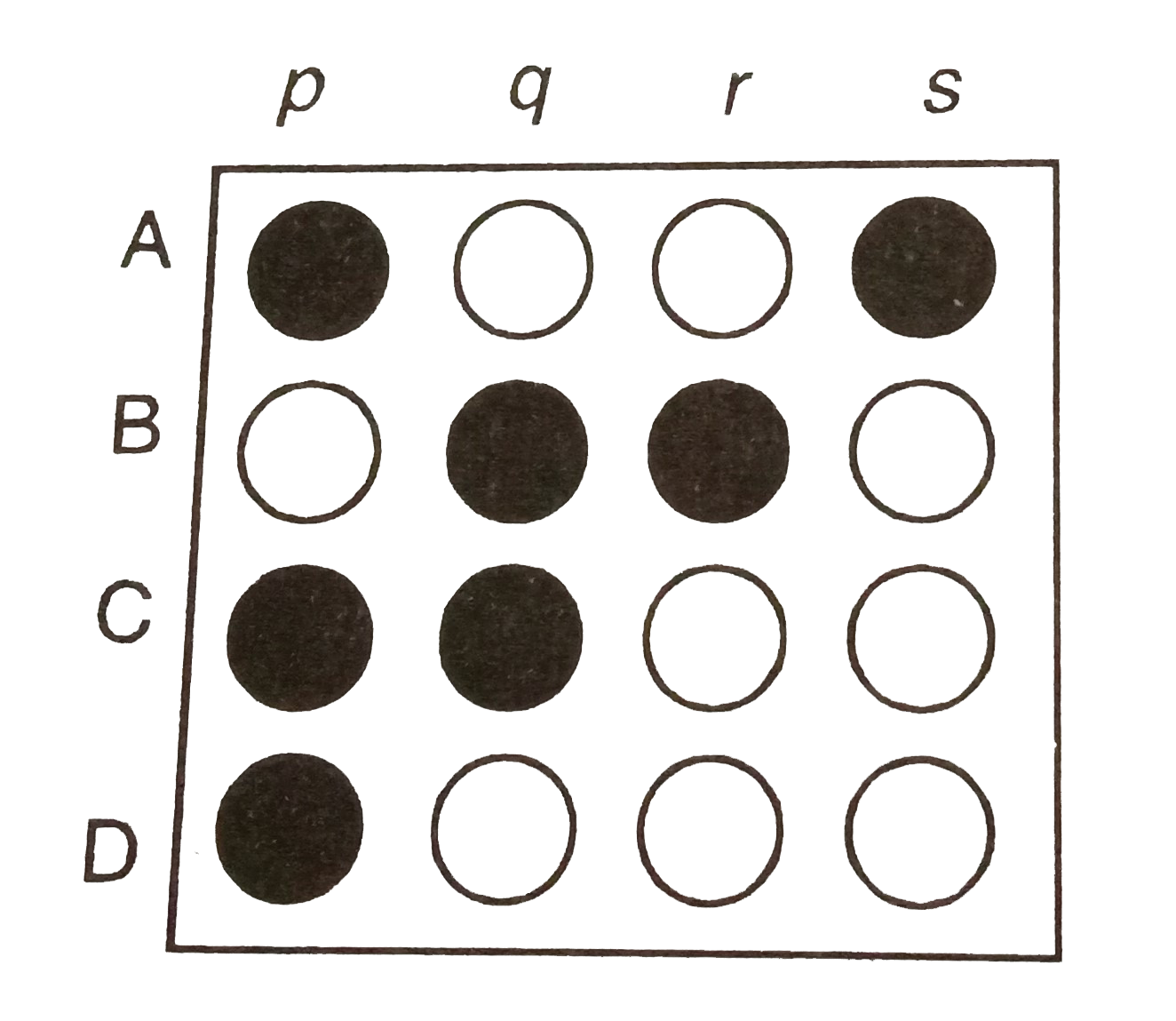Match the following columns. (for a satellite in circular orbit)
Column-IColumn-II(A)Kinetic energy(p)−GMm2r(B)Potential energy(q)√GMr(C)Total energy(r)−GMmr(D)Orbital speed(s)GMm2r
(A→s,B→r,C→p,D→q)
(A→c,B→s,C→p,D→q)
(A→s,B→r,C→q,D→p)
(A→q,B→r,C→p,D→s)
The correct Answer is:A
Step by step video, text & image solution for Match the following columns. (for a satellite in circular orbit) {:(,"Column-I",,"Column-II"),("(A)","Kinetic energy","(p)",-(GMm)/(2r)),("(B)","Potential energy","(q)",sqrt((GM)/(r))),("(C)","Total energy","(r)",-(GMm)/(r)),("(D)","Orbital speed","(s)",(GMm)/(2r)):} by Physics experts to help you in doubts & scoring excellent marks in Class 11 exams.
Updated on:21/07/2023Topper's Solved these Questions
- GRAVITATIONBOOK - DC PANDEYCHAPTER - GRAVITATIONEXERCISE - (C) Chapter Exercises
45 Videos
- GRAVITATIONBOOK - DC PANDEYCHAPTER - GRAVITATIONEXERCISE - (A) Chapter Exercises
68 Videos
- GENERAL PHYSICSBOOK - DC PANDEYCHAPTER - GENERAL PHYSICSEXERCISE - INTEGER_TYPE
2 Videos
- KINEMATICSBOOK - DC PANDEYCHAPTER - KINEMATICSEXERCISE - INTEGER_TYPE
11 Videos
Similar Questions
Column IColumn II(a)Work(p)WF(b)Kinetic energy(q)mgh(c)Potential energy(r)12mv2(d)Displacement(s)F×S
View SolutionMatch the column :
A particle at a distance r from the centre of a uniform spherical planet of mass M radius R(<r) has a velocity v magnitude of which is given in column I. Match trajectory from column II about possible nature of orbit.
Column IColumn II(A)0<V<√GMr(P)Straight line(B)√GMr(Q)Circle(C)√2GMr(R)Parabola(D)v>√2GMr(S)Ellipse
View SolutionMatch the following :
Column-1 Column-2(A)Electrostatic potential energy(P) Positive(B)Gravitational potential energy(Q) Negative(C)Elastic potential energy(R) Zero(D)Magnetic potential energy(S) Not defined
View SolutionIf earth decreases its rotational speed. Match the following columns
Column-IColumn-II(A)Value of g at pole(p)Will remain same(B)Value of g at equator(q)Will increase(C)Distance of geostationary(r)Will decrease(D)Energy of geostationary satellite(s)Cannot say
View Solution∣∣ ∣ ∣ ∣ ∣ ∣∣Column IColumn II(A)Adenine(p)Purine(B)Thymine(q)Pyrimidine(C)Uracil(r)RNA(D)Deoxyribose(s)DNA∣∣ ∣ ∣ ∣ ∣ ∣∣

View SolutionSound is travelling in a long tube towards right and the graph of excess pressure variation Vs position (at some instant) is given below.
 Match velocities in column-I with column-II P,Q,R,S,T are medium particles inside the tube.
Match velocities in column-I with column-II P,Q,R,S,T are medium particles inside the tube.
Column-IColumn-II(A)velocity is towards right(P)P(B)velocity is towards left(Q)Q(C)velocity is zero(R)R(D)Speed is maximum(S)S(T)T
View SolutionMatch the following
Column-IColumn-II(A)Enthalpy(p)Extensive property(B)Entropy(q)H - TS(C)Free energy(r)E + PV(D)Pressure(s)Intensive property
View SolutionHere each question contains statements are given in two columns which have to be matched. Statements in Column I are labelled as A,B,C and D whereas statements in Column II are labelled as p,q,r and s. The answer to these questions are to ne appropriately bubbled as illustrated below in the following example.
If the correct matches are A−p,A−s,B−q,B−r,c−p,c−q,andD−p then correctly labelled 4×4 matrix should look like

Column-IColumn-II(A)Activation energypHP=HR(B)Threshold energyqHeight of the barrier(C)Heat of reactionrNegative for exothermic reaction(D)Role of catalystsActivated complex
View SolutionColumn IColumn II(A)R/L(p)Time(B)C/R(q)Frequency(C)E/B(r)Speed(D)√ε0μ0(s)None
View SolutionColumn IColumn II(A)Stress(p)Pressure(B)Strain(q)Energy density(C)Modulus of elasticity(r)Angle(D)Torque(s)Energy
View Solution
